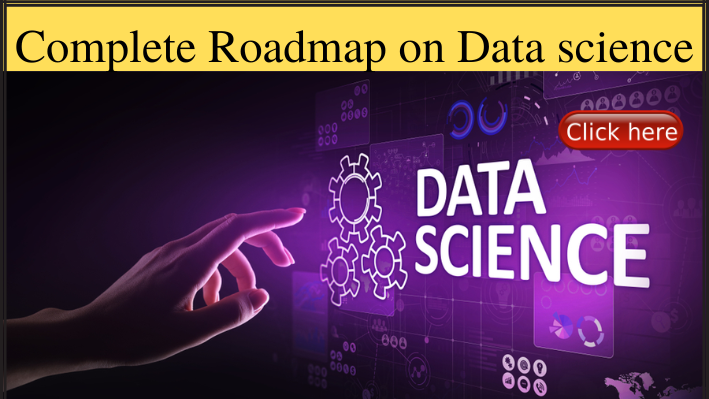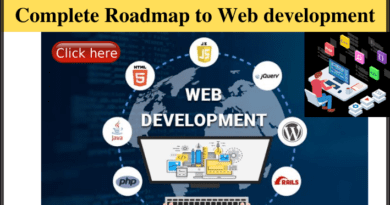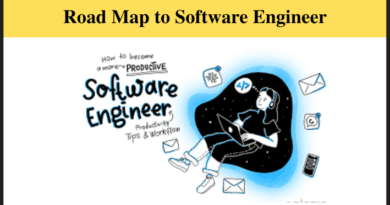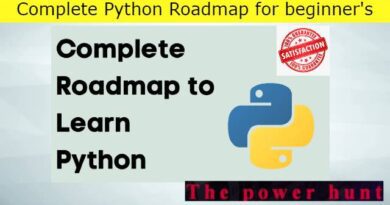Complete Roadmap on Data Science
Complete Roadmap on Data Science
Hello friends, In this blog, we will discuss the Complete Data science road map or how to learn data science in an easy way. After reading this, you will get an idea about data science and how we can learn it, If you have any doubts and suggestions feel free to ask us.
Also read: Roadmap to Machine learning
Data Science Beginner’s Roadmap
Data science complete roadmap for beginners
- Learn Python and its libraries for data analysis such as NumPy, Pandas, and Matplotlib.
- Get familiar with SQL, a relational database language.
- Learn statistics, probability, and hypothesis testing.
- Study machine learning, including supervised and unsupervised learning techniques
- Gain experience in cleaning and preprocessing data.
- Familiarize yourself with big data technologies such as Apache Hadoop and Apache Spark.
- Get hands-on experience working with real datasets and practicing data visualization.
- Develop skills in deep learning and neural networks
- Participate in Kaggle competitions to gain practical experience.
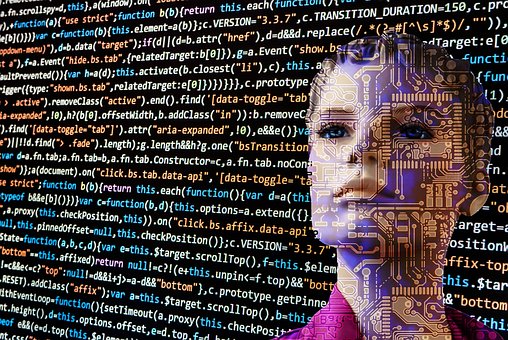
Further steps to Do:
- Stay up-to-date with the latest developments and trends in data science by reading industry blogs, and attending conferences and workshops.
- Learn data storytelling and data communication to effectively present insights and findings.
- Build a portfolio of projects to showcase your skills to potential employers
- Collaborate with other data scientists and stakeholders to understand business problems and apply data-driven solutions.
- Stay informed of ethical considerations and best practices in the field of data science.
- Expand your skillset by exploring other related fields such as data engineering, data visualization, or natural language processing.
- Participate in online communities, forums, and network with other data scientists.
- Consider earning certifications in relevant tools and technologies.
- Work on personal projects and try to solve real-world problems to get a deeper understanding of the practical applications of data science.
- Continuously improve and update your skills through online courses, books, and attending workshops.
- Stay curious and always seek to learn something new in the field of data science.
Resources to learn data science
- Online courses (e.g. Coursera, edX, Udemy)
- Books (e.g. “Data Science from Scratch” by Joel Grus, “An Introduction to Statistical Learning” by Gareth James et al.)
- Open-source platforms (e.g. Kaggle, GitHub)
- Blogs and online tutorials (e.g. Medium, Towards Data Science, KDNuggets)
- Meetups and events related to data science
- Bootcamps and intensive training programs
- MOOCs (Massive Open Online Courses)
- Conferences and workshops
- Online communities (e.g. Reddit, LinkedIn, Kaggle forums)
- Practice and participation in Kaggle competitions
- Collaboration with other data scientists and participation in hackathons.
YouTube channels to learn data science
- Sentdex
- Codebasics
- Kirill Eremenko Data Science Courses
- Data School
- Applied AI Course
- Analytics Vidhya
- Machine Learning Mastery
- Data Science Dojo
- The Data Scientist
- Two Minute Papers
- Machine Learning TV
- DeepLearning.AI
- The AI Guys
- Google Developers
- IBM Developer.
Basic data science projects
- Exploratory data analysis of a real-world dataset to gain insights and identify trends.
- Predictive maintenance using time series analysis to predict when a machine is likely to fail.
- Customer segmentation using clustering techniques to understand consumer behavior.
- Fraud detection by identifying unusual patterns in financial transactions.
- Natural language processing for sentiment analysis on social media data.
- Recommender system for personalized product or service recommendations.
- Sales forecasting using time series analysis to predict future demand.
- Churn prediction using machine learning algorithms to identify customers who are at risk of leaving.
- Image recognition to classify images based on certain features.
- Network analysis to identify important nodes and relationships in a networked system

Conclusion: I hope this blog gives you an idea about data science and how we can plan and learn it.
For more interesting topics, Keep in touch with us. Digital Tech Fact

